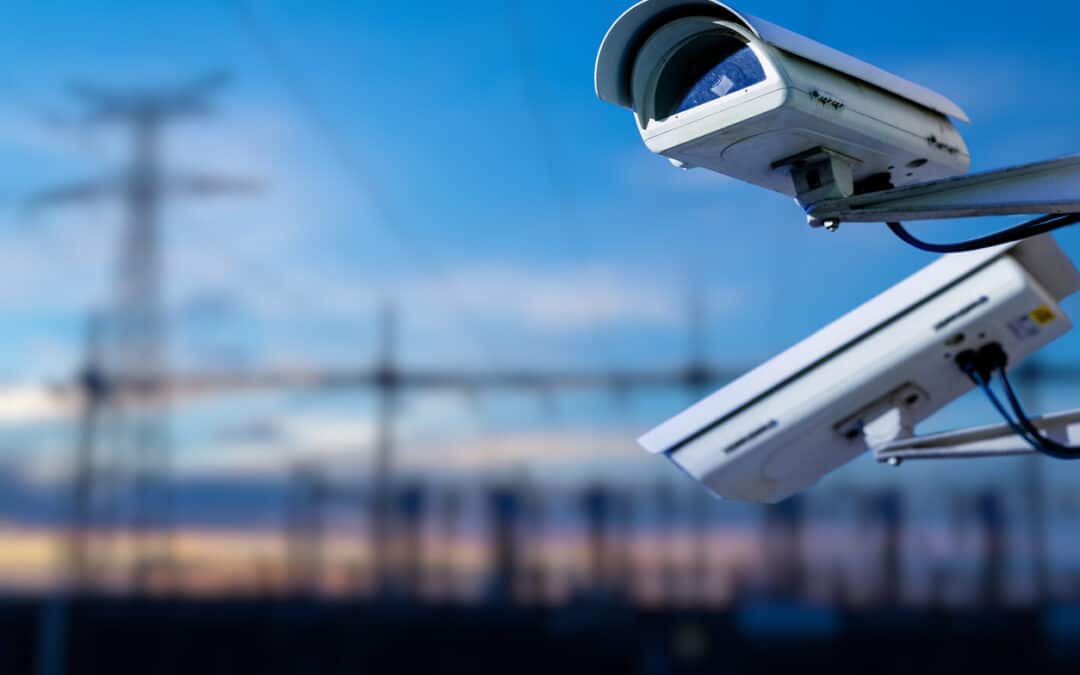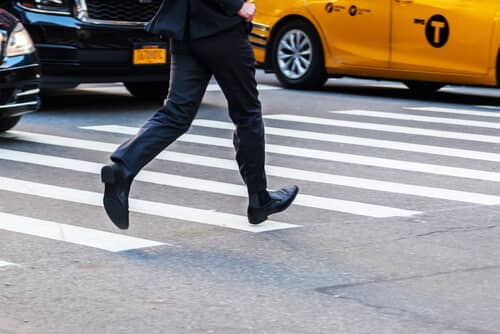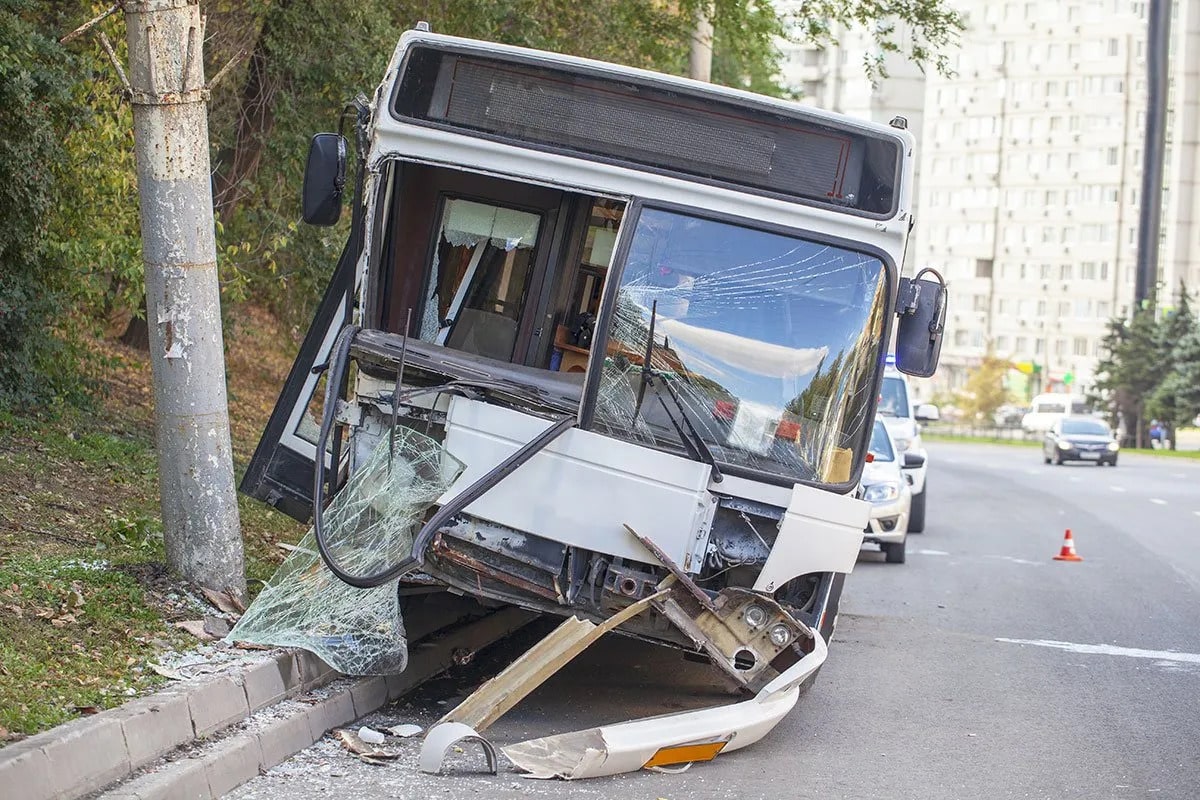In today’s interconnected world, surveillance cameras and traffic cameras are ubiquitous. They capture a vast amount of data and can be invaluable in various situations, including car accidents. When accidents occur, these watchful eyes become witnesses, offering a clear and unbiased account of events. In this blog post, we’ll delve into how traffic cameras and surveillance footage impact car accident cases, shedding light on their crucial role in the legal process.
The Power of Surveillance Footage
Objective Documentation:
Surveillance cameras, whether on the streets, in parking lots, or on private property, provide objective documentation of events. They can reveal crucial details that may be disputed, such as the sequence of events, the positions of vehicles, and the actions of those involved.
Determining Fault:
One of the most significant impacts of surveillance footage is its ability to help determine fault. This can be pivotal in cases where liability is disputed. Lawyers and insurance companies can use this footage to establish who was at fault and support their client’s claim.
Verifying Witness Statements:
Surveillance footage can serve as an objective witness. It can either corroborate or contradict the statements of involved parties or witnesses. This can be invaluable in cases where memory or perception might be flawed.
Preventing Fraud:
Unfortunately, insurance fraud is not uncommon. Surveillance footage can help prevent fraudulent claims by providing evidence that contradicts false statements or staged accidents.
Traffic Cameras and Their Impact
Red Light Cameras:
Red light cameras capture violations at intersections. In car accident cases, these cameras can provide clear evidence of whether one of the drivers ran a red light or violated traffic signals, which can determine liability.
Traffic Flow Cameras:
Cameras that monitor traffic flow can offer a broader perspective on how an accident occurred. They may capture the actions of multiple vehicles leading up to the collision, providing context for the incident.
Highway Cameras:
Many highways are equipped with cameras that record traffic conditions continuously. In the event of an accident, these cameras can provide real-time footage, which can be used to assess road and weather conditions, as well as the actions of the drivers involved.
The Legal Process and Surveillance Footage
When surveillance footage or traffic camera footage is available, it typically becomes a crucial piece of evidence in a car accident case. It can be used during negotiations with insurance companies or presented in court if the case goes to trial.
However, it’s important to note that obtaining such footage may require legal procedures, including subpoenas or requests to property owners. An experienced car accident attorney can guide you through the process and ensure that all relevant evidence is collected and used effectively in your case.
Surveillance cameras and traffic cameras play an increasingly vital role in car accident cases. They provide an unbiased, objective record of events that can significantly impact the determination of fault, the outcome of negotiations, and the resolution of legal proceedings. If you’re involved in a car accident, don’t underestimate the potential importance of surveillance footage in your case, and consider consulting with an attorney experienced in handling such evidence to protect your rights and interests.



